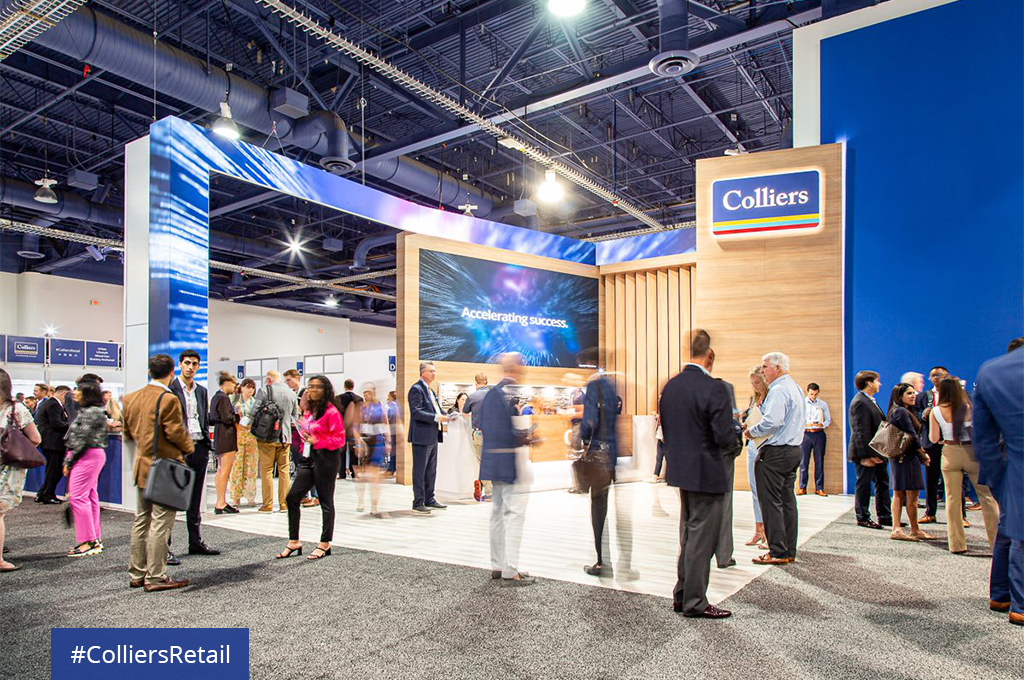After a two-year hiatus, the ICSC convention for retailers, shopping mall owners, and real estate companies returned to Las Vegas. With more than 22,000 attendees and 750 booths, the excitement surrounding the conference signaled resiliency from the retail industry.
Here is what we heard over the three days of events from dealmakers and experts who are driving innovation and evolution in the industry:
- Consumers continue to shop despite inflation and supply chain disruption, pushing well-capitalized retailers to add stores and prompting investors to become more active in the retail space.
- Cap rates are higher in retail than in other asset classes, averaging in the mid-6% range. Even as prices increase, the income of the properties being purchased is growing fast enough to justify the higher prices.
- In-store retail sales per square foot rose to records across most major categories in the first quarter of 2022. Categories seeing the most significant uptick include fast food, beauty supplies, specialty food, and specialty retail. The higher sales per square foot level, coupled with tightening space availability and increased leasing activity, is beginning to give retail landlords pricing power for the first time in years.
- One of the industry’s biggest challenges will be reviving and retrofitting second-generation space to accommodate today’s growing tenants as they continue to demand retail space.
- Supply chain issues are slowing tenant growth and keeping stores from opening on time. Tenants are increasingly trying to solve the problem by purchasing used fixtures and pre-built equipment. Some retailers are even considering bringing manufacturing back to North America from Asia in an effort to have more control of the supply chain.
- Nearly one-third of retailers will have either launched or plan to unveil virtual storefronts over the next four years within the metaverse to boost sales outside the traditional brick-and-mortar.
- U.S. retailers announced nearly seven times as many store openings as closings in the first quarter of 2022. The 5,200 stores opened in 2021 was more than 2019 and 2020 combined and a large amount of store closures is not expected for 2022.
- Digitally native brands are now turning to physical locations to help expand potential reach, as pandemic discounts on retail rents are still available across many markets.
- Environmental, social, and corporate governance (ESG) factors in commercial real estate play an increasingly key role on the capital-raising front as investors look to supply their capital into companies with a strong ESG program.
- Retailers are shifting their real estate strategies to focus on suburban expansion, supported by strong macro movements, including long-term work from home trends and an aging millennial cohort seeking space to raise their growing families.

 Nicole Larson
Nicole Larson

 Anjee Solanki
Anjee Solanki
